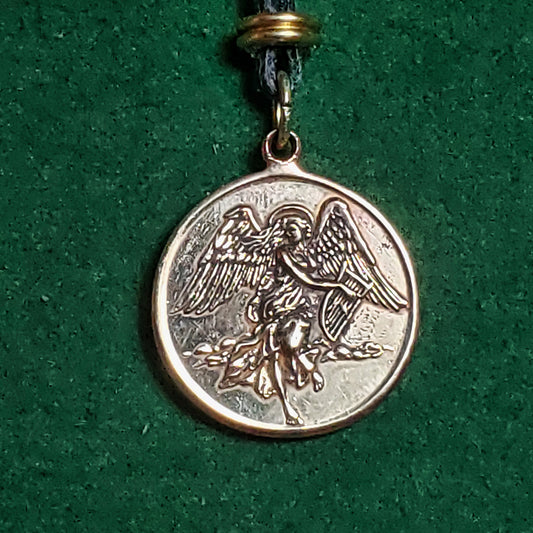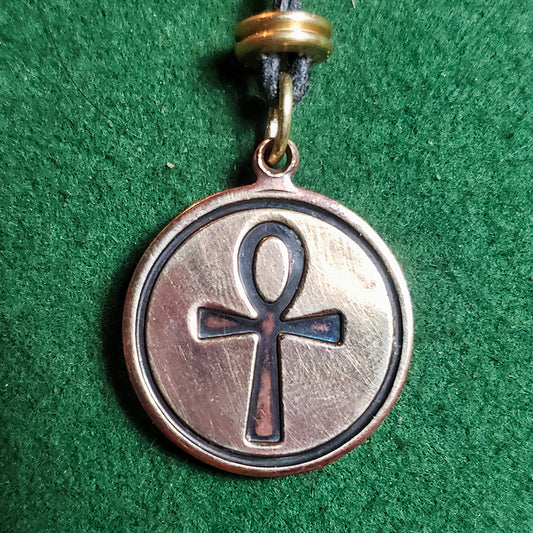Featured Design - Angelic Muses
Michael Stewart
Share
The Nine Muses, deriving from Greek and Roman mythology, were the source of inspiration, meaning, insight, music, and poetry literally “breathed” in by angelic beings to artists and creative minds receptive to their sacred songs.
In the most ancient works of art, we find only three Muses; their attributes are musical instruments, such as the flute, the lyre, or the barbiton. Later, artists gave each of the nine sisters different attributes and attitudes, adding a brief account.
- Calliope, the Muse of epic poetry, appears with a tablet, stylus, and sometimes a paper roll.
- Cleio, the Muse of history, appears in a sitting attitude, with an open roll of paper or an open chest of books.
- Euterpe, the Muse of lyric poetry, with a flute; 4. Melpomene, the Muse of tragedy, with a tragic mask, the club of Heracles, or a sword, her head is surrounded with vine leaves, and she wears the cothurnus.
- Melpomene, the Muse of tragedy, with a tragic mask, the club of Heracles, or a sword; her head is surrounded with vine leaves, and she wears the cothurnus
- Terpsichore, the Muse of choral dance and song, appears with the lyre and the plectrum
- Erato, the Muse of erotic poetry and mimic imitation, sometimes has the lyre.
- Polymnia, or Polyhymnia, the Muse of the sublime hymn, usually appears without any attribute in a reflective or meditating attitude;
- Urania, the Muse of astronomy, with a staff pointing to a globe.
- Thaleia, the Muse of comedy and merry or idyllic poetry, appears with the comic mask, a shepherd's staff, or a wreath of ivy.
In some representations, the Muses have feathers on their heads, alluding to their contest with the Sirens.







